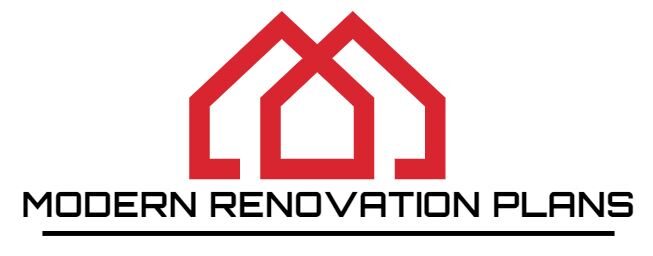
Hello lovely readers! Welcome to Modern Renovation Plans, your go-to source for all things home renovation. I’m Amanda, and I’m thrilled to have you here with me today. In today’s blog post, we’re going to be diving into a crucial topic that affects many homeowners and DIY enthusiasts: lead poisoning in adults from renovation of an older home.
The Dangers of Lead Poisoning
If you’re planning a renovation on an older property, it’s crucial to be aware of the potential dangers associated with lead poisoning. Lead paint was commonly used in homes built before 1978, and when disturbed during renovations, it can release toxic dust that poses serious health risks, especially to adults and children.
Exposure to lead dust or fumes can lead to a range of health issues, from neurological disorders to reproductive problems. The effects can be particularly severe for adults, making it essential to take necessary precautions to prevent lead poisoning during renovation projects.
Precautionary Measures
Before embarking on any renovation project in an older home, it’s important to take the following precautionary measures to minimize the risk of lead exposure:
1. Test for Lead: Prior to starting any work, arrange for a professional lead inspection to identify any areas containing lead-based paint or materials. This step is crucial for understanding the scope of potential lead exposure and planning your renovation accordingly.
2. Use Protective Gear: When working in areas where lead paint may be present, wear appropriate protective gear such as gloves, masks, and disposable coveralls to prevent exposure to lead particles.
3. Containment and Ventilation: Seal off the work area with plastic sheeting to prevent lead particles from spreading throughout the house. Additionally, ensure proper ventilation to minimize the concentration of lead dust in the air.
4. Safe Cleanup: Use methods approved for lead-safe cleaning and disposal to avoid scattering lead dust when cleaning up after the renovation.
Seeking Professional Assistance
While DIY renovations can be rewarding, when it comes to dealing with lead-based materials, seeking professional assistance is often the safest option. Certified lead abatement contractors can handle the removal and containment of lead-based paint in a controlled manner, reducing the risk of exposure to both you and your family.
It’s crucial to recognize the potential dangers of lead poisoning and prioritize the safety of all individuals involved in the renovation process.
Share Your Thoughts
Have you encountered lead-based paint in an older home during a renovation? What precautions did you take to minimize the risk of lead exposure? I’d love to hear your thoughts and experiences! Share your insights in the comments below.
Thank you for reading and engaging with Modern Renovation Plans. If you have any questions or suggestions for future topics, feel free to leave a comment. Your input is invaluable, and I look forward to our ongoing conversation. Happy renovating!
